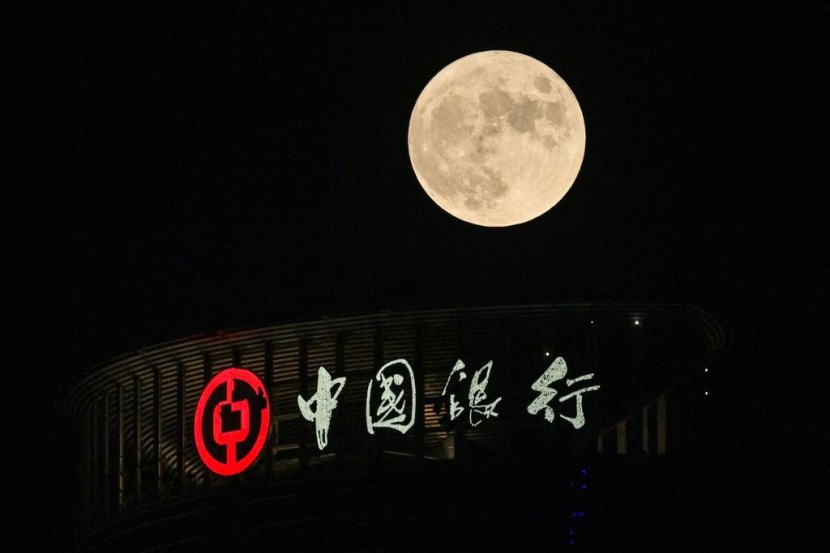
A NASA official is concerned about China's plans to land on the moon. NASA Administrator Bill Nelson reveals in a recent interview that he and others inside the scientific agency are growing increasingly concerned about the nation's plans for when it reaches the moon.
China might aim to dominate the market on resource-rich places on the moon's surface and prevent access to the moon for the United States and other countries, according to Nelson.
China's Moon Ambitions
Less than one month has passed since three Chinese astronauts returned after a six-month mission in which they helped construct and launch a new space station.
In an interview with Politico, Nelson stated that he and others are apprehensive that the Communist nation may attempt to claim land upon their arrival on the moon.
The NASA administrator expressed concern that China may use a similar approach to claiming territory and water in the South China Sea. China has asserted sovereignty over the disputed Spratly Islands and utilized them to install weapons and other buildings perhaps large enough to house ballistic missile launchers.
NASA and China's space program have spent the past several months working towards the objective of reaching the moon within the next few years. An Orion capsule orbited the moon during the 26-day Artemis I mission from November to December, bringing NASA one step closer to its goal of establishing a human presence on the moon.
According to estimates, NASA might achieve mission success as early as 2025. The approval of a budget by Congress that does not provide the full cash requested by the EPA might exacerbate Nelson's worries.
Per Daily Mail, Nelson stated that the agency will nonetheless support all of its most vital assets, including the future Artemis II and Artemis III moon missions, despite not getting the entire budget.
NASA's Lunar Mission
Nelson went on to mention China's aggressiveness in the South China Sea, where the Chinese government has repeatedly asserted sovereignty over other nations' territory.
Earlier this year, China's expanding space program successfully established a new space station.
Meanwhile, NASA has been developing its Artemis series of lunar missions. Artemis I was launched in November on a 26-day mission to photograph the lunar surface, and the Artemis II and III missions are a step toward establishing a more permanent presence on the moon.
NASA has also concentrated on Mars, sending many robotic rovers to the planet to collect information on its soil, atmosphere, and prospective landing zones for a human mission. In December, Artemis I returned to Earth and splashed down in the Pacific Ocean, Fox News reported.
China's investment in spaceflight and other rocket technologies coincides with an ongoing arms competition with the United States and Russia, since all three nations are developing hypersonic weapons.
Related Article: US Air Force Plane Forced To Do 'Evasive Maneuvers' To Avoid Collision with Chinese Fighter Pilot [VIDEO]
@YouTube








